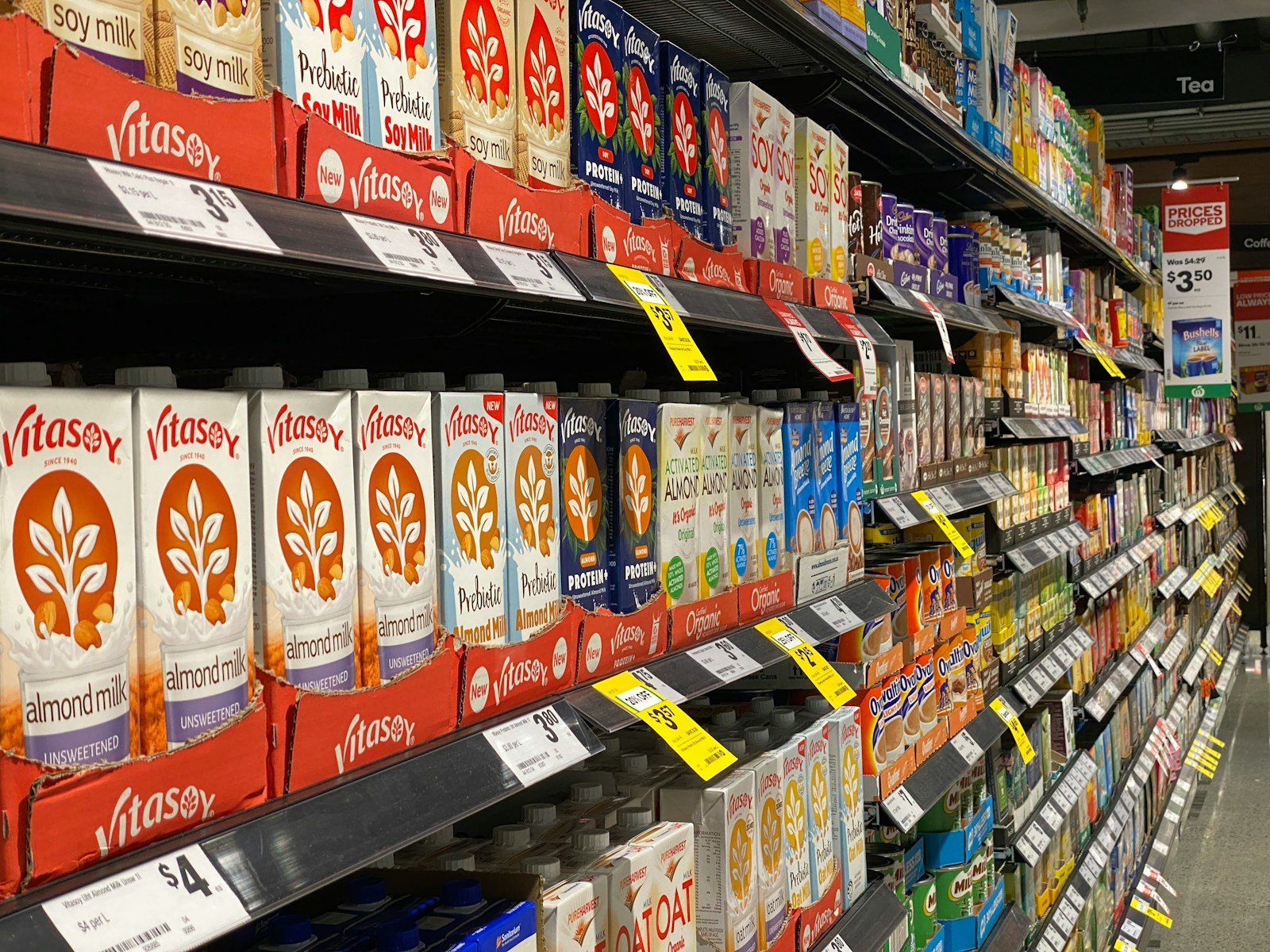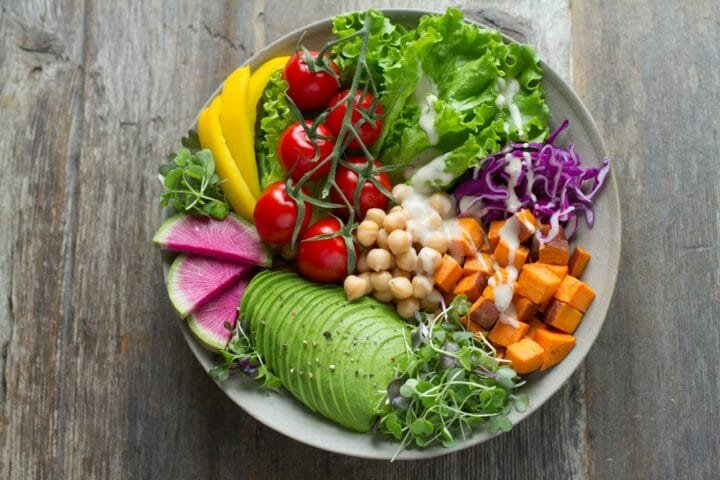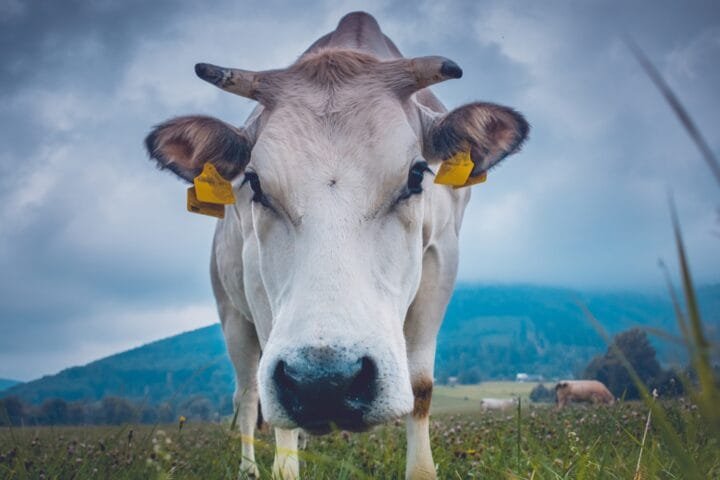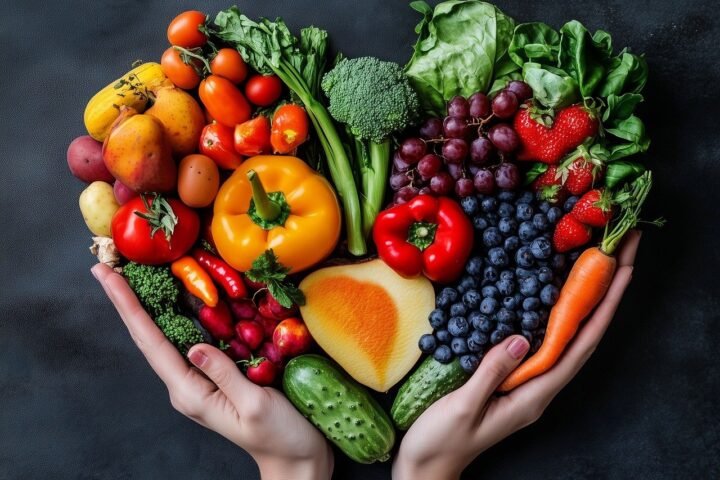From WRI
Summary
The article discusses the environmental impact of various types of milk, comparing plant-based options like oat, almond, soy, and pea milk to traditional dairy milk. It highlights how factors such as greenhouse gas emissions, water usage, and land requirements influence the sustainability of these products. Research indicates that plant-based milks generally produce significantly lower greenhouse gas emissions and require less water than cow’s milk. Among the plant-based options, pea and soy milks stand out for their sustainability, while almond milk’s water usage can be problematic depending on its production location. Ultimately, the choice of milk should consider individual preferences, dietary needs, and environmental impacts.
Highlights
- 🌱 Plant-based milks are more sustainable: They generate about one-third or less greenhouse gas emissions compared to cow’s milk.
- 💧 Water usage varies significantly: Most plant-based milks use considerably less water than dairy milk.
- 🥛 Pea milk is highly sustainable: It produces fewer emissions and requires less water while maintaining protein content.
- 🌾 Soy milk is a close second: Offers low environmental impact and decent protein levels.
- 🥥 Oat and coconut milks: Lower emissions and water use but relatively low in protein.
- 🌰 Almond milk’s water footprint: Similar to cow’s milk, and its environmental impact can vary based on production location.
- 🍶 Nutritional content varies: Factors like fortification and added sugars can affect the health benefits of plant-based milks.
Walk into any coffee shop and you’ll likely see a long list of available milks — oat, almond, soy, and good old-fashioned dairy, just to name a few.
Taste is obviously a factor that influences many people’s choices. So are costs and dietary restrictions. But another is which milk comes with the lowest environmental impact.
[...]





